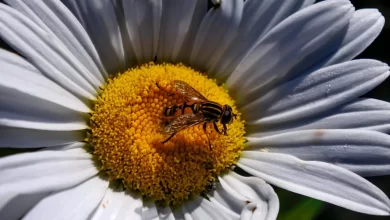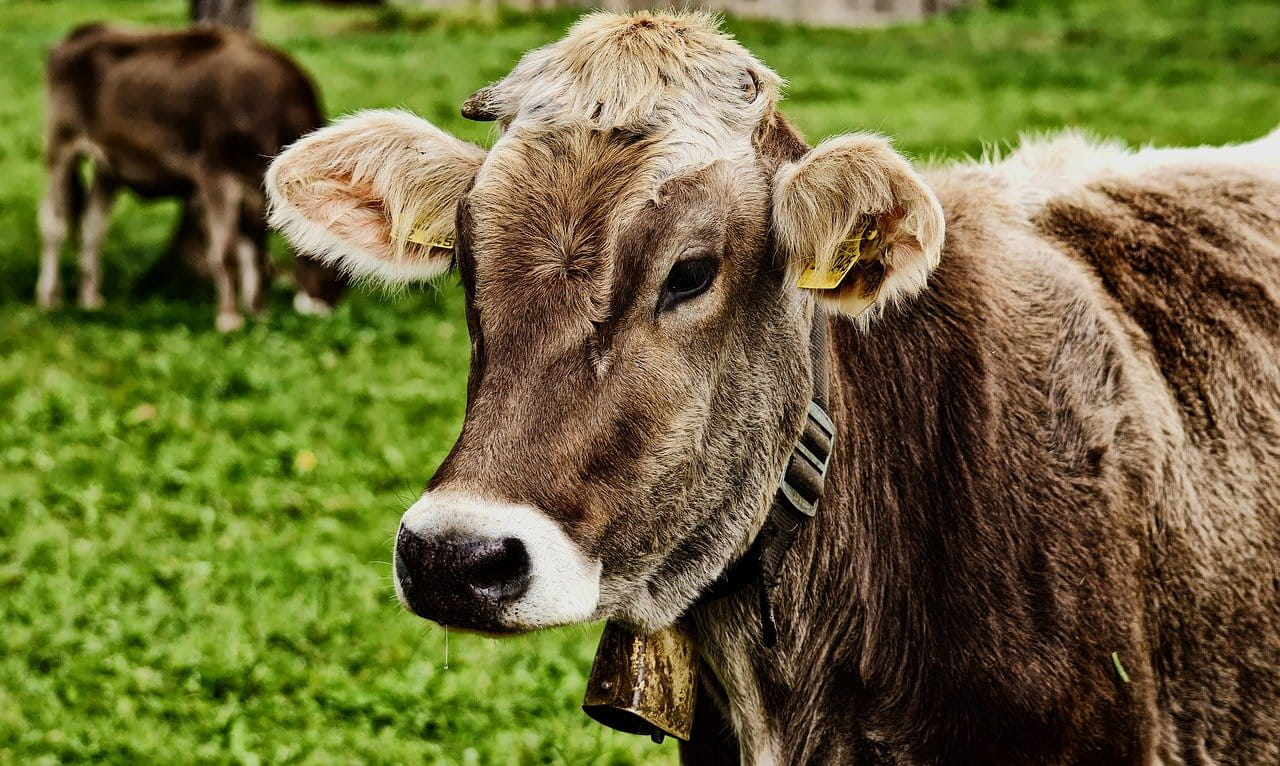Butterflies are some of the most captivating and beautiful creatures on the planet. Their vibrant colours and delicate wings make them a favourite subject of artists, photographers, and nature lovers everywhere. Butterflies are part of the insect order Lepidoptera, which includes moths as well. They are found in every part of the world where life thrives. They are also known for their incredible diversity and adaptability. Butterflies play an important role in the ecosystem, pollinating plants and serving as a food source for other animals. They are also a symbol of transformation and metamorphosis, as they undergo a remarkable transformation from caterpillar to butterfly. From the tiniest Western Pygmy Blue to the largest Queen Alexandra’s birdwing, butterflies never cease to amaze us with their beauty and grace. So have a look at these interesting facts about Butterflies.
- Butterflies are insects with large, colourful wings. They belong to the order Lepidoptera, which also includes moths.
- There are over 20,000 species of butterflies worldwide, found in a variety of habitats, including forests, grasslands, and deserts.
- Butterflies are cold-blooded, and their environment regulates their body temperature. They are most active on warm, sunny days.
- Butterflies undergo a process called metamorphosis, where they transform from a caterpillar into a chrysalis and then emerge as an adult butterflies.
- Butterflies have a long, thin proboscis that they use to suck nectar from flowers. Some species also feed on rotting fruit, tree sap, and even animal dung.
- The lifespan of a butterfly varies by species, but most live for only a few weeks or months. Some species, however, can live for up to a year.
- Butterflies are important pollinators, helping to fertilize plants by transferring pollen from one flower to another.
- Many butterflies have brightly coloured wings with intricate patterns, which help them to attract mates and deter predators.
- Some species of butterflies migrate long distances each year, such as the Monarch butterfly, which travels thousands of miles from Canada to Mexico.
- Butterflies are often used as symbols of transformation, freedom, and beauty in art, literature, and culture around the world.
- Butterflies do not have tongues; instead, they have a proboscis, which is similar to having your mouth extended into a long tube. They have some taste buds on their proboscis and some on their antennae, but the majority of their taste buds are concentrated on their feet.
- Butterfly wings are made up of tiny scales that reflect light and give them their vibrant colours.
- Butterflies use a variety of strategies to avoid predators, including camouflage, mimicry, and toxic chemicals.
- Butterflies are found on every continent except Antarctica.
- Some species of butterflies are endangered due to habitat loss, climate change, and other factors.
- Butterfly wingspan can range from less than an inch to over a foot, depending on the species.
- Butterflies have compound eyes that allow them to see a wide range of colours and detect ultraviolet light. This allows them to see patterns and colours that are invisible to humans.
- The fastest butterfly in the world is the Skipper, which can fly at speeds of up to 37 miles per hour.
- Some species of butterflies are known for their mass migrations, where millions of individuals travel together in search of food and breeding sites.
- Butterflies are a popular subject for photography and have inspired many artists, writers, and poets throughout history.
- The study of butterflies and moths is known as lepidoptery and has contributed to our understanding of genetics, ecology, and evolution.
- Some species of butterflies are territorial and will defend their territory against other butterflies of the same species.
- Butterflies are attracted to bright colours, especially red, orange, and yellow, which are often found on flowers.
- Butterfly wings are incredibly delicate and can be damaged by even a light touch. This is why it’s important to handle them carefully.
- Some species of butterflies are known to “puddle” or gather in large groups on wet sand, mud, or rocks, to drink minerals and nutrients from the soil.
- The largest butterfly in the world is Queen Alexandra’s birdwing, which has a wingspan of up to one foot and is found only in Papua New Guinea.
- Butterflies can communicate with each other using chemical signals called pheromones, which are released through their wings and antennae.
- Butterflies have a unique way of drinking, using their proboscis to suck up nectar from flowers like a straw.
- Some species of butterflies are able to hibernate in the winter, hiding in crevices and sheltered areas until the weather warms up.
- Butterflies play an important role in the ecosystem, helping to pollinate plants and serving as a food source for birds, reptiles, and other animals.
- Butterflies have a highly developed sense of smell, which they use to find nectar and mates.
- Many animals have evolved camouflage techniques for self-defence, but some butterflies and moths have taken it further: they’ve developed transparent wings that make them nearly invisible to predators.
- The smallest butterfly in the world is the Western Pygmy Blue, which has a wingspan of less than an inch.
- Butterflies can see polarized light, which helps them navigate and find their way during migration.
- Some species of butterflies are able to fly at high altitudes, up to several thousand feet above sea level.
- Butterflies have four wings, which are connected to their thorax by a series of tiny hooks.
- The eyes of butterflies are made up of thousands of tiny lenses, allowing them to see in all directions at once.
- Some species of butterflies are able to regenerate lost or damaged wings over time.
- Butterfly chrysalises are often camouflaged to blend in with their surroundings, making them difficult to spot.
- Butterflies are important indicators of environmental health, as their populations can be affected by pollution, climate change, and other factors.






